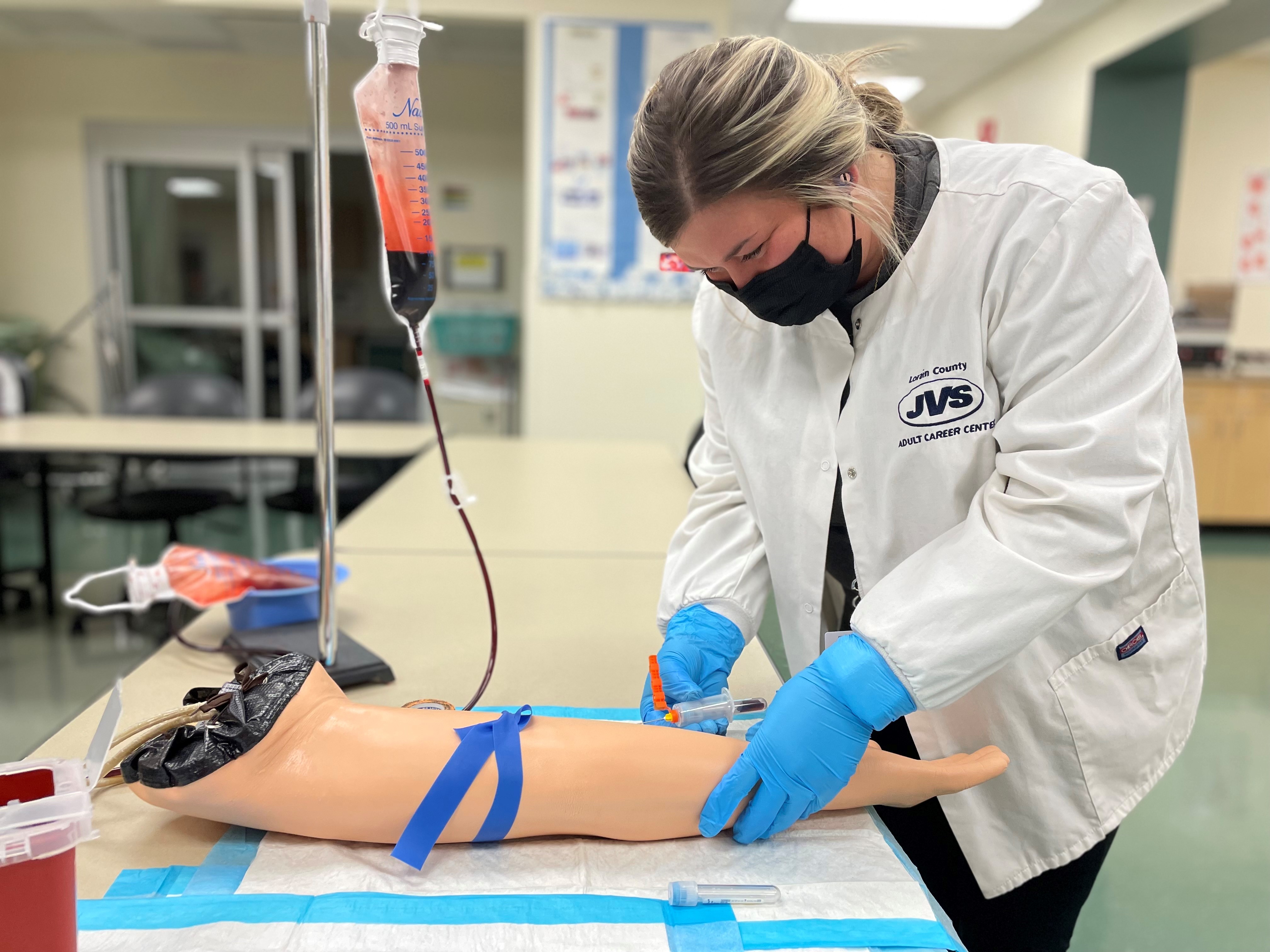Northeast Medical Institute - New Haven Campus Phlebotomy Course & Cna Class Things To Know Before You Buy
Northeast Medical Institute - New Haven Campus Phlebotomy Course & Cna Class Things To Know Before You Buy
Blog Article
All About Northeast Medical Institute - New Haven Campus Phlebotomy Course & Cna Class
Table of ContentsSome Known Facts About Northeast Medical Institute - New Haven Campus Phlebotomy Course & Cna Class.Getting My Northeast Medical Institute - New Haven Campus Phlebotomy Course & Cna Class To WorkNortheast Medical Institute - New Haven Campus Phlebotomy Course & Cna Class Can Be Fun For AnyoneSome Known Factual Statements About Northeast Medical Institute - New Haven Campus Phlebotomy Course & Cna Class The Of Northeast Medical Institute - New Haven Campus Phlebotomy Course & Cna ClassThe 20-Second Trick For Northeast Medical Institute - New Haven Campus Phlebotomy Course & Cna Class
However, the usage of such tools must be come with by various other infection avoidance and control techniques, and training in their usage. Not all safety and security gadgets apply to phlebotomy. Before picking a safety-engineered tool, customers should thoroughly investigate readily available gadgets to identify their suitable use, compatibility with existing phlebotomy techniques, and efficiency in shielding personnel and clients (12, 33).For settings with reduced resources, expense is a driving aspect in purchase of safety-engineered gadgets. Where safety-engineered tools are not available, knowledgeable use of a needle and syringe is acceptable.
In the blood-sampling space for an outpatient department or clinic, give a comfy reclining sofa with an arm remainder.
Getting The Northeast Medical Institute - New Haven Campus Phlebotomy Course & Cna Class To Work
Make certain that the indicators for blood sampling are plainly defined, either in a created protocol or in recorded instructions (e.g. in a research laboratory type). In all times, follow the techniques for infection avoidance and control provided in Table 2.2. Infection prevention and control techniques. Gather all the equipment needed for the treatment and place it within risk-free and very easy reach on a tray or trolley, ensuring that all the products are clearly noticeable.
Introduce on your own to the person, and ask the patient to mention their complete name. Examine that the laboratory form matches the patient's identity (i.e. match the client's details with the laboratory form, to guarantee accurate identification).
Make the client comfortable in a supine position (preferably). Place a clean paper or towel under the patient's arm. Discuss the examination to be performed (see Annex F) and obtain spoken authorization. The person has a right to refuse a test at any moment before the blood tasting, so it is very important to make certain that the individual has actually understood the treatment.
Northeast Medical Institute - New Haven Campus Phlebotomy Course & Cna Class Fundamentals Explained
Expand the individual's arm and inspect the antecubital fossa or forearm. Find a blood vessel of a good dimension that shows up, straight and clear. The diagram in Section 2.3, reveals usual settings of the vessels, yet many variations are possible. The average cubital vein lies in between muscular tissues and is normally the most simple to penetrate.
DO NOT place the needle where blood vessels are drawing away, due to the fact that this raises the chance of a haematoma. Situating the blood vessel will certainly aid in establishing the correct dimension of needle.
Specimens from main lines carry a threat of contamination or incorrect laboratory examination results. It is acceptable, yet not excellent, to draw blood samplings when first introducing an in-dwelling venous gadget, before linking the cannula to the intravenous fluids.
Rumored Buzz on Northeast Medical Institute - New Haven Campus Phlebotomy Course & Cna Class
Failing to permit adequate call time increases the risk of contamination. DO NOT touch the cleaned site; here are the findings in specific, DO NOT put a finger over the capillary to assist the shaft of the subjected needle.
Ask the individual to create a hand so the blood vessels are extra prominent. Enter the capillary quickly at a 30 level angle or much less, and remain to present the needle along the capillary at the simplest angle of entrance - CNA Classes. Once enough blood has actually been accumulated, release the tourniquet BEFORE withdrawing the needle
The Basic Principles Of Northeast Medical Institute - New Haven Campus Phlebotomy Course & Cna Class
Take out the needle gently and use gentle stress to the site with a tidy gauze or completely dry cotton-wool sphere. Ask the patient to hold the gauze or cotton woollen in position, with the arm expanded and raised. Ask the person NOT to bend the arm, due to the fact that doing so triggers a haematoma.

Northeast Medical Institute - New Haven Campus Phlebotomy Course & Cna Class Things To Know Before You Buy
Do not push the syringe bettor due to the fact that additional stress raises the risk of haemolysis. Where feasible, maintain televisions in a shelf and relocate the shelf towards you. Inject downwards into the suitable coloured stopper. DO NOT eliminate the stopper since it will certainly launch the vacuum cleaner. If the sample tube does not have a rubber stopper, infuse incredibly slowly into the tube as lessening the pressure and speed utilized to move the sampling minimizes the threat of haemolysis.

Report this page